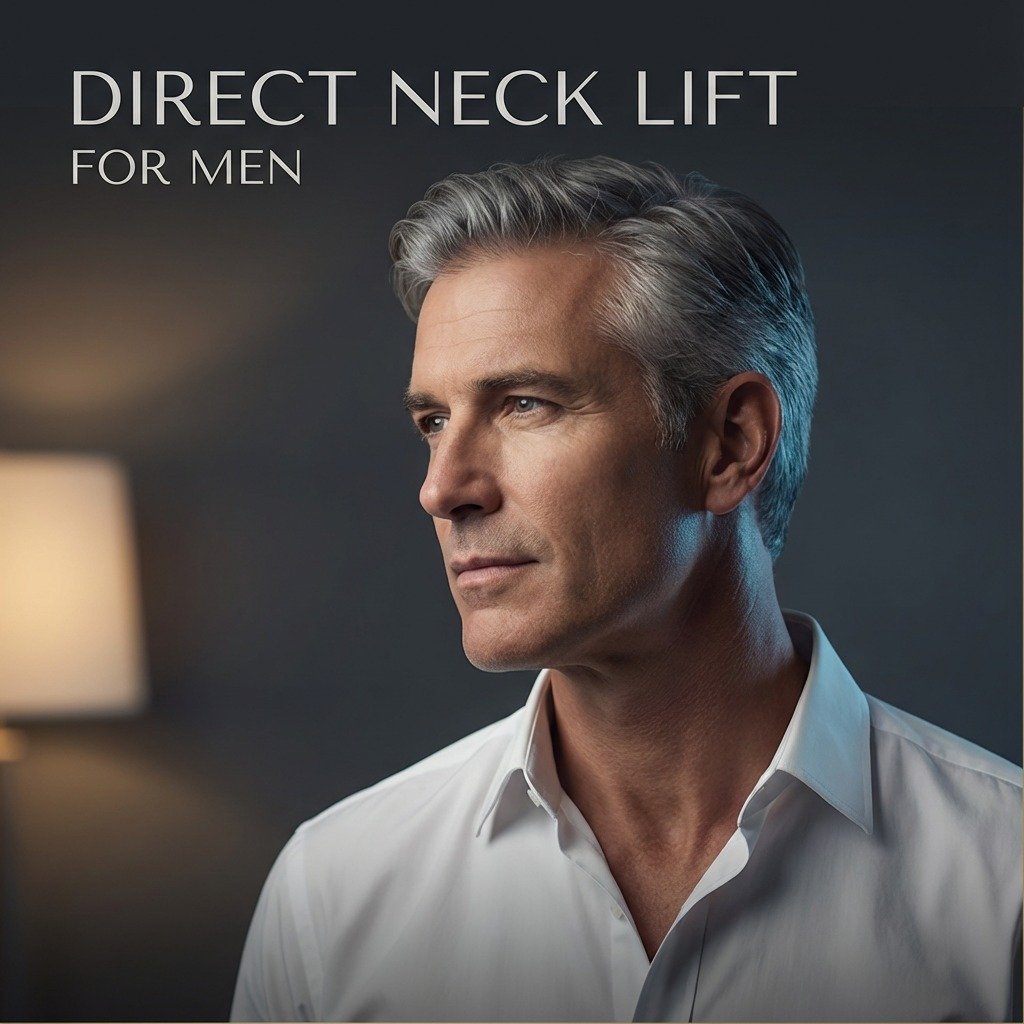
HOW TO MAKE YOUR SCAR HEAL BEST AFTER SURGERY: EASY AS 1, 2, 3!
Plastic surgery can transform and enhance one’s body and face but sometimes with the trade-off of scar burden. We first strive to creatively minimize visible scars, such as concealing the scar under clothing, within or behind natural tissue folds or pigment borders, or by using less invasive techniques that limit the amount of scarring in the first place. However, a truism that plastic surgeons know is that to have a large impact on the contour of the breast, abdomen, arms, legs, and face with surgery, some amount of scarring is inevitable. But that doesn’t mean it needs to be disfiguring. Scars heal with time and can be improved with a deliberate and thoughtful approach to their improvement. This short article describes a practical “1, 2, 3” approach to scar care that will help understand what to expect, how to best care for your scar, and sift through the countless products that are described to help scars heal.
We like to say that there are three main things you can do to improve the outcome of your scar so that long-term it is as discrete as possible. Those include small mechanical, thermal, and chemical interventions that – when applied repeatedly and over time – can help your scar heal as inconspicuously as it can.
First, think massage. Most people know what a firm, tough scar looks and feels like, either on yourself or someone you know. Whether it be from an injury or a procedure, scarring is your body’s way of healing a previous site of trauma, and it does that by laying down extra proteins to compensate for lost or damaged tissue in that area, often with overcompensation. Those extra proteins are then reorganized over time. In some ways, your scar and the way the body heals is not unlike clay in its’ drying process; first it is soft a moldable, then it get hard a firm. Massage is a way to flatten, optimally contour, and prevent a raised overgrowth of the scar, or what is known as a hypertrophic scar.
Second is skin protection. The skin goes through a lot. It copes with the constant daily rubbing of clothing, stretching at joints, and other wear and tear through turnover. This turnover works by making new, youthful, fresh skin cells at the base layers that migrate to the top layer and then are sloughed off. This is happening around your scar as well. So there are things we need to prevent so that your body can focus on simply healing and not overcoming additional insults. These may be specialized issues like not wearing an underwire bra after breast surgery or avoiding a tight belt after your tummy tuck. But most commonly its even simpler than that. There is one constant threat to the skin that we all face every day that is the most common risk to optimal scar healing from an outside exposure standpoint: the sun. UV rays are small amount of radiation that we are exposed to every day. Even if you’re not healing a scar, it’s a good idea to use UV protection to lessen the cumulative harmful effects of this continuous source of this subtly harmful exposure. But if you are also healing a scar, then that area of tissue needs to focus on healing, not in having to deal with additional outside exposure to the sun’s rays. So UV protection with either clothing coverage or a sunblock with SPF of 30 or greater is imperative for optimal scar healing.
We list the next item last, not because it’s not important, but because this is the one item that most people think of at the expense of those above to the detriment of best scar healing. So it’s important not to forget #1 and #2, but third would be topical ointments and creams. Scar ointments have probably traditionally received more credit than they deserve. The ingredients in scar topicals include onion extract, various vitamins, moisturizers, and a host of herbal and other elements. There is unfortunately no “perfect” scar cream that can “erase” a scar, because if there were likely none of us would have any. There are various materials that have been shown to improve the appearance of scars over time and many others that have no evidence behind their claim of improving a scar. The substance most shown to improve the appearance of scars over time is made with silicone. This is a key ingredient, because it essentially locks in moisture into a developing scar and keeps it supple and malleable (ie, the “clay” analogy above). We also believe in initially using a mild antibacterial ointment, such as bacitracin, for one week, followed by a mild moisturizing ointment, such as Aquaphor, for two weeks, followed by three months of a high-quality silicone topical ointment, Biocorneum, for up to three months. Each of these are simply applied twice a day with massage. See, it really is as easy as “1, 2, 3!”
There are multiple other interventions that can be taken to improve scar outcomes, most of which are best applied in a longer timeline after the first year of healing. A scar revision is a surgical procedure that basically cuts out the existing scar in order to close it in a more aesthetically favorable way. Then there is a role for minimally-invasive treatments, such as injection of Kenalog, micro-needling, laser therapy, and chemical peel for some circumstances. Keloid scarring is a whole other situation, which sometimes even employs radiation therapy along with steroid injections in addition to surgical excision.
If you would like to learn more about scar optimization, reach out to us at Pacific Sound Plastic Surgery by emailing Info@PacificSoundPlasticSurgery.com or by calling 425-818-8991 to schedule a consultation. Dr. Day has extensive experience guiding patients through a healing process to achieve their best results.



